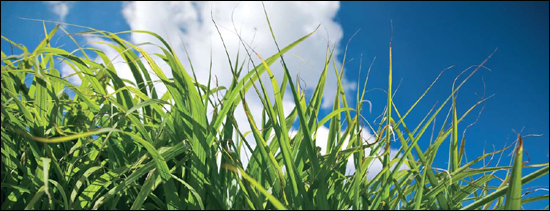
Biomass is by far the largest source of renewable energy both at home and abroad.
In Denmark the energy derived from biomass is thus five times that of wind power. Most of the biomass for energy purposes is harvested wood from forests. The second-largest source is organic waste products and the third-largest is biomass from agriculture with straw as the main ingredient.
The question is whether we are making best use of the biomass resources available and whether a better utilisation of the resources can be sustainable. This is a very complex question. Use of biomass interacts with the production of food, use of natural areas and a number of environmental impacts, such as nutrient losses, pesticide use and soil carbon contents.
At the Aarhus University we have analysed how much agriculture could contribute if all the resources were utilised. This revealed that the current contribution from agriculture to bioenergy could be increased five-fold. This would be an enormous task and require multiple initiatives, but the analysis shows that there is potential for the utilisation to be increased.
The issue should also include a discussion of how we should use our farmland. Should it be used for food production, energy production or left as a natural habitat? In some cases these can be combined, but not always.
We have also analysed what the environmental impact of a five-fold increase in the bioenergy contribution from agriculture would be. It shows that nitrate leaching and the use of pesticides would be reduced, particularly if perennial energy crops were used. On the other hand, it would be a challenge to avoid a reduction in soil carbon contents, if much of the straw and slurry currently returned to the soil is instead used to produce energy. This would require an increased use of catch crops, reduced soil tillage, etc.